No sane American president takes office hoping for war. Woodrow Wilson, a fifty-six-year-old Princeton academic, said it would be “the irony of fate” if his presidency came to be dominated by foreign affairs. He spoke in 1913. Joe Biden came to office in 2021 promising to end the “forever wars” of Iraq and Afghanistan. But as he boarded Air Force One on Tuesday, another irony of fate was in evidence: the American-enforced world order is crumbling, and the results are now becoming clear.
Iran, far from being neutered by US sanctions, was able to start a war using its Hamas proxies and their Hezbollah allies to attack Israel. At a stroke, the Arab-Israeli rapprochement America had wanted to nurture has been put on ice. Biden had hoped this week to meet his Egyptian, Saudi and Jordanian counterparts along with Mahmoud Abbas, the Palestinian president. But the summit was called off when a hospital in Gaza was shelled (which Israel and a number of external open source intelligent analysts have blamed on a stray Palestinian rocket, and which Biden said was “done by the other team” during his press conference on Wednesday). Containing this conflict might prove very hard indeed.
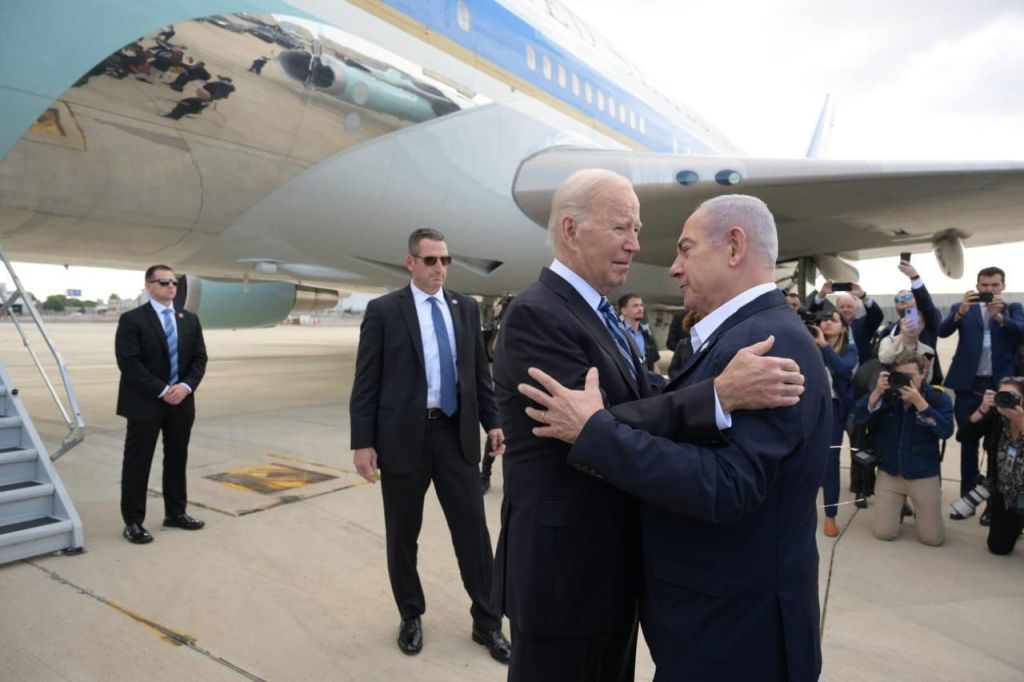
At the same time, Xi Jinping was keen to show off the other axis of allies at a gathering in Beijing to celebrate ten years of its Belt and Road initiative. Among the honored guests were Vladimir Putin and Hungary’s Viktor Orban. The Russian media has been quick to contrast Xi and Putin’s multipolar vision of the world with the Biden administration’s floundering in the Middle East. China’s foreign minister Wang Yi said Israel has already gone too far in its response to the Hamas attack and that Beijing and Moscow are working to “immediately energize the two-state solution as a fundamental solution.”
Only Iran could provide the tactical skills and hardware that made October 7 possible
As demonstrations engulf the Middle East after the bombing, America’s moment appears to be over already. Ismail Haniyeh, Hamas’s political leader, called on all Muslims worldwide to stage protests against Israel. Such protests have duly been happening, from Arab countries to the state parliament in Melbourne. Tear gas has been fired outside the US embassy in Lebanon to ward off demonstrators. We can expect this mass protest trend to continue.
There are many beneficiaries from the splitting of American attention — Russia, for one, will be emboldened in its campaign in Ukraine. But Iran is a country that has just seen history move its way. Even before the hospital bombing, Hossein Amir-Abdollahian, the foreign minister, warned of “pre-emptive action” if Israel continues with plans for a ground invasion in Gaza. Skirmishes with Hezbollah on the Lebanese border have heated up all week, leaving many dead on both sides. (Through third-party intermediaries, the US has warned Hezbollah and Iran privately not to get involved in a fully-fledged war with Israel, according to Axios, which reports that the US is considering using military force if Hezbollah escalates its attacks.)
“Our numerous intelligence reports show that the US is formulating the Zionist regime’s current policy,” Ayatollah Khamenei announced on Tuesday. “The US must be held responsible for this situation.” In the new geopolitical reality, Iran is a major force. Tehran has pursued policies largely in line with Russia’s interests, whether in Syria, the Caucasus, central Asia, or Afghanistan, but especially when it comes to Israel.
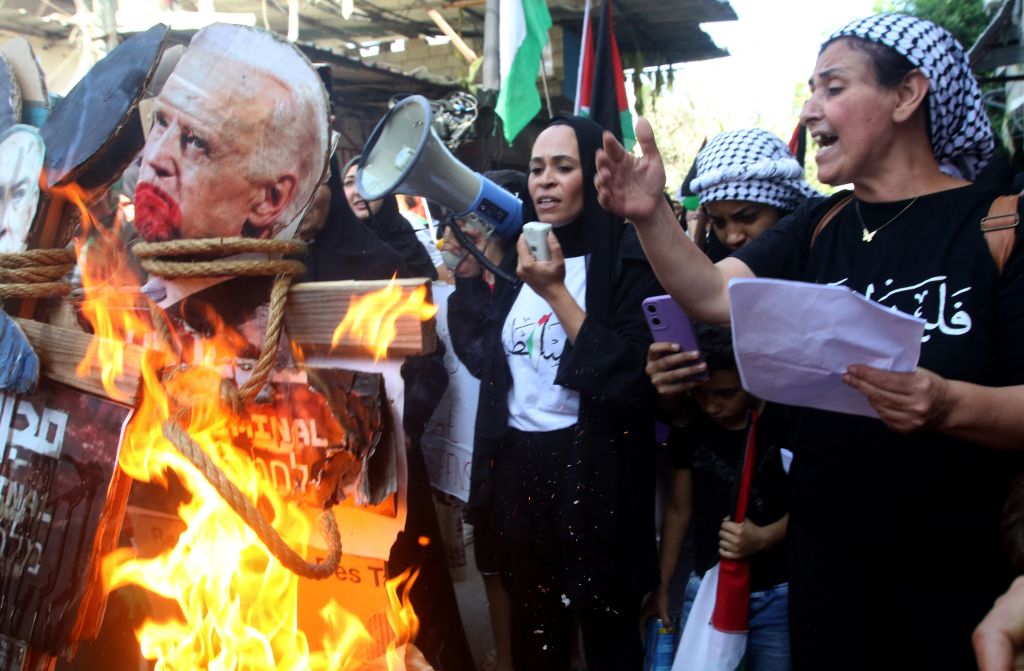
Indeed, the carnage of October 7 was itself part of this long-standing policy. Tehran, empowered by America’s Middle East withdrawal, has spent years surrounding Israel with client Islamist paramilitary groups. The aim is Israel’s eventual collapse, a key part of Tehran’s drive for regional domination as a global power.
Israel failed to discern Hamas’s terrible plans because its intelligence resources have been so focused on Iran’s nuclear program. But the Iranians are seeking a nuclear capacity primarily as an insurance policy beneath which they can continue the aggressive regional strategy that has been developed over the past three decades and which is now coming to fruition.
Two components were needed to produce Hamas’s attack on Israel. The first was the ground presence of a powerful Islamist movement, with a degree of public legitimacy and the ability to recruit and command a sufficient number of committed young men. Hamas fits this bill. The second was the kind of weaponry, resources and organization that only a powerful state can provide. Hamas counts a number of regional powers as friends, such as Qatar and Turkey. But only Iran offers military assistance. And only Iran could provide the know-how, tactical skills and hardware that made October 7 possible.
Hamas — the local representative of Muslim Brotherhood-style Sunni political Islam — is by far the most dynamic and co-ordinated Palestinian political movement. In this, it reflects a region-wide trend that has gone below the radar amid the excitement of the Abraham Accords, and the (postponed) hopes of an Israel-Saudi rapprochement.
In virtually every Middle Eastern country, Islamist movements of both Sunni and Shia varieties have unparalleled strength on the ground. In Lebanon, for example, the Shia Islamist movement Hezbollah is the de facto ruler. In Syria, the “secular” regime of Bashar al-Assad remains only because of Russian and Iranian assistance: the popular uprising against from 2011-19 was Sunni Islamist in nature. In Iraq, the main Sunni force produced from below in recent years was the Islamic State — and pro-Iranian Shia Islamist parties have formed the government since 2021.
There is an unpleasant pattern here. The world has grown weary of the Middle East and its endless wars. But political Islam continues to command the streets across the Arab world, at least outside the Gulf. And it is Iran that provides such groups with the required potency and capacity to operate.
There’s an obvious basis to the relationship between Iran and its franchise organizations: namely that the Tehran regime itself is the most successful expression of political Islam and represents the marriage of this outlook with state power. But there’s a more practical component too. With states in the Middle East fragmenting since the Arab Spring, Iran’s Islamic Revolutionary Guard Corps has established and located powerful Islamist forces, turning them into its instruments. These methods, adjusted to local conditions, have brought Tehran partial or complete power in Yemen, Syria, Iraq, Lebanon and Gaza.
Whether Iran ordered October 7 is an irrelevant debate. It is Iran which provides the funding that makes such operations feasible, to the tune of $100 million per year. It is Iran that supplies the M-302 and Fajr missiles which give Hamas long-range missile capacity from Gaza. And it was almost certainly Iran that provided the physical space for Hamas’s men to discreetly learn the tactical skills needed for the assault — the use of paragliders, drones and so on. (The instruction likely took place in Iranian-dominated Lebanon.) Hamas provides the manpower, fervor and commitment from below, but the capacities on display are the result of the Iranian connection.
Political Islam continues to command the streets across the Arab world
This formula — local Islamist fervor plus state capacity — has been successful for Iran across the Middle East. It forms the essential component in a bid to expand regional influence westwards to the Mediterranean and southwards to the Gulf.
For Iran and the Islamists, the area west of the Jordan is Islamic waqf (endowment) land, temporarily lost to infidels and requiring reconquest. But as Shias and non-Arabs, the Iranians also believe that investment in the fight against Israel will serve to cancel out their foreignness in the mainly Sunni Arab world.
Iran’s Revolutionary Guard and its proxies are advancing a “death by a thousand cuts” strategy against Israel. This derives from a view of the Jewish state they inherited from their Arab and Palestinian nationalist predecessors. As formulated in a May 2000 speech by the Hezbollah leader Hassan Nasrallah, it purports to see Israel as weaker than a “spider’s web,” despite its technological prowess. Its proponents believe that by striking at civilians, they will over time weaken Israel’s resolve, reduce its population, and isolate it diplomatically and economically. Eventually they will wound Israel enough, the thinking runs, to inflict a killer blow.
The escalating conflict with Hezbollah reflects the nature of the challenge facing Israel in this new multipolar climate; one theory is that the ground invasion of Gaza was delayed over concerns that Hezbollah would immediately launch an assault on the northern border. After meeting Hamas’s political leader Ismail Haniyeh in Doha on Monday, the Iranian foreign minister Hossein Amir-Abdollahian, said that the “pre-emptive action” by the “resistance front” (Iran’s preferred name for its alliance) should be expected soon. Israeli news website Ynet reported that the IDF conducted exercise drills ahead of a potential ground attack on Hezbollah’s elite Radwan unit.
Biden’s decision to dispatch two aircraft-carrier groups to the Mediterranean is a tacit acknowledgement of the regional nature of the conflict. But is it too late? America’s unipolar moment appears to be over, and there is less of an appetite in Washington — and among American voters — for intervention than there was two decades ago.
The warships might have been intended to deter Tehran from committing further assets to the fighting. But with the protests that have followed the hospital attack, it’s increasingly unclear whether the rage throughout the Muslim world can be restrained.
Regardless of what transpires, recent events should serve as a belated alarm call to Israel and its allies about the new multipolar world — and about the nature, dimensions and existential seriousness of the Iranian and Islamist project that forms this new geopolitical landscape in the Middle East and beyond.
This article was originally published in The Spectator’s UK magazine. Subscribe to the World edition here.



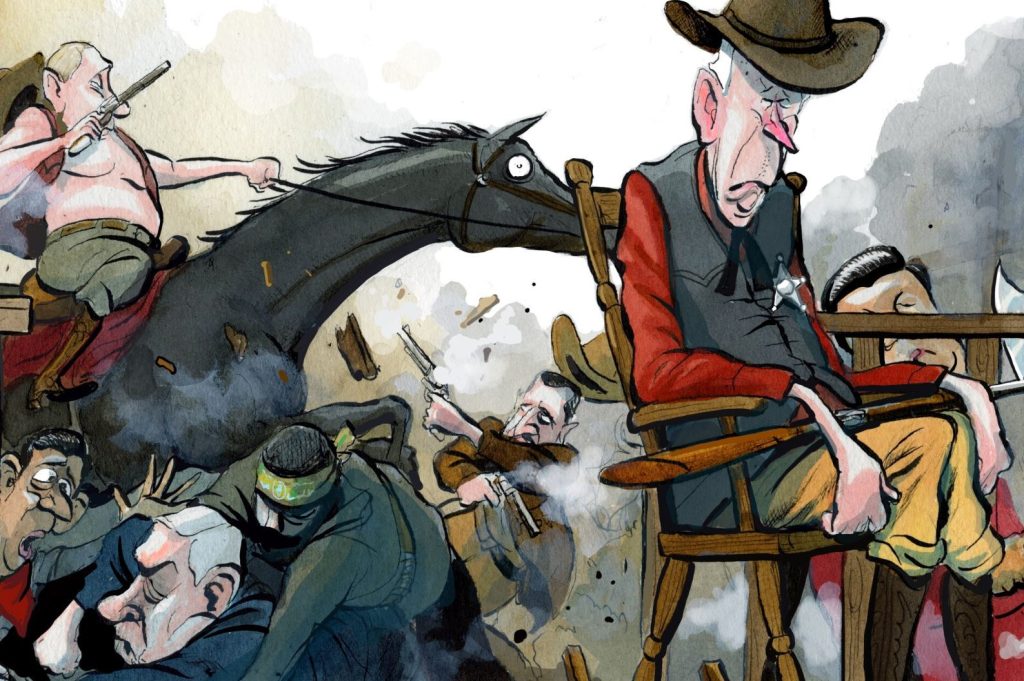






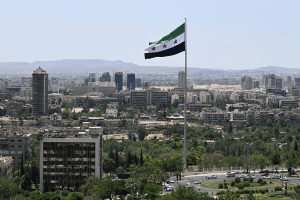
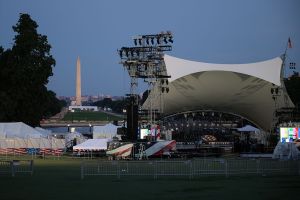

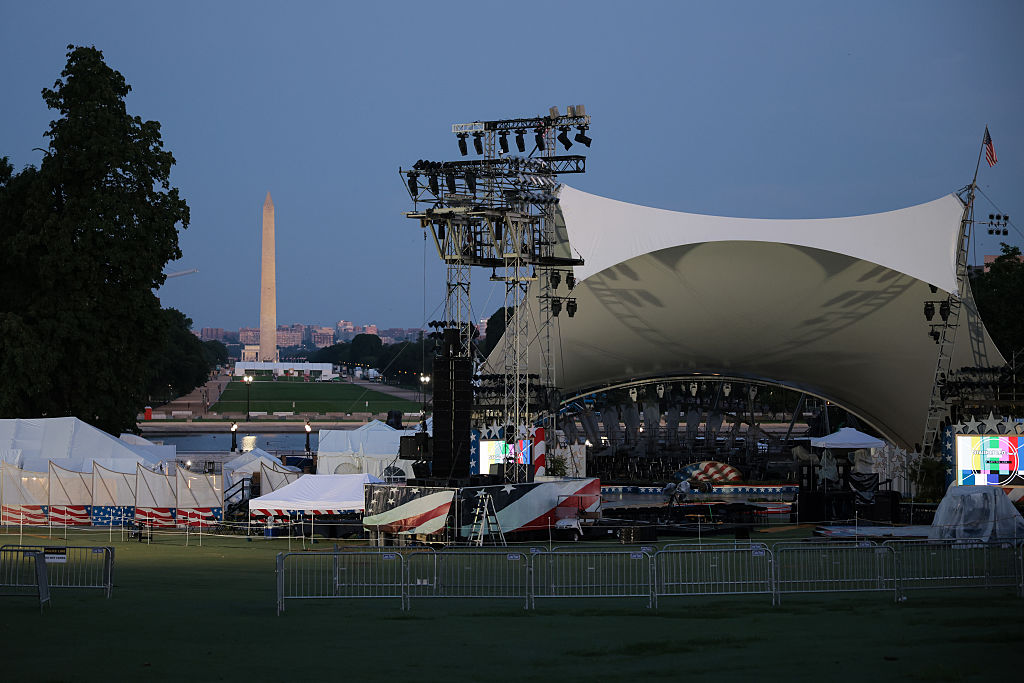

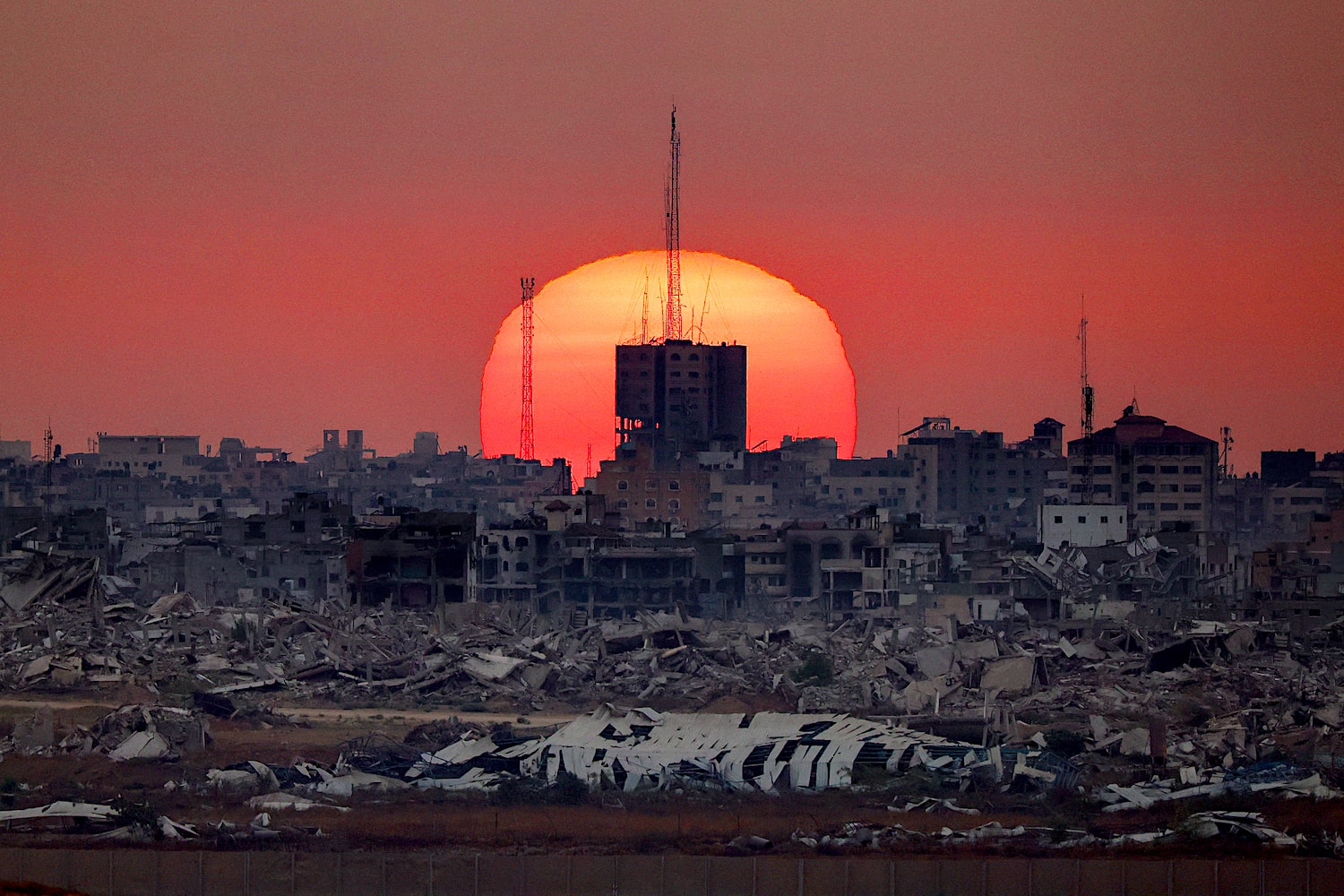

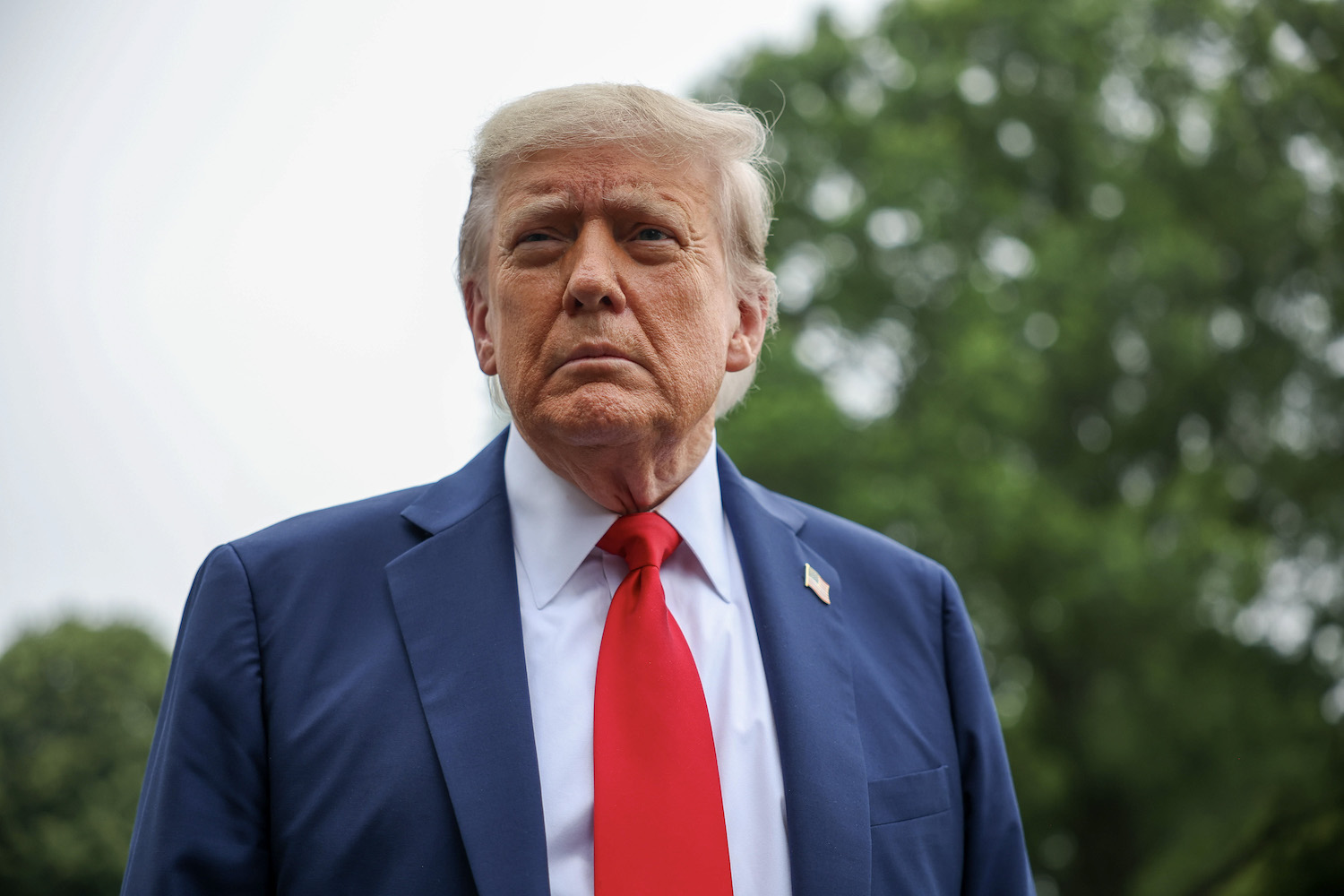








Leave a Reply